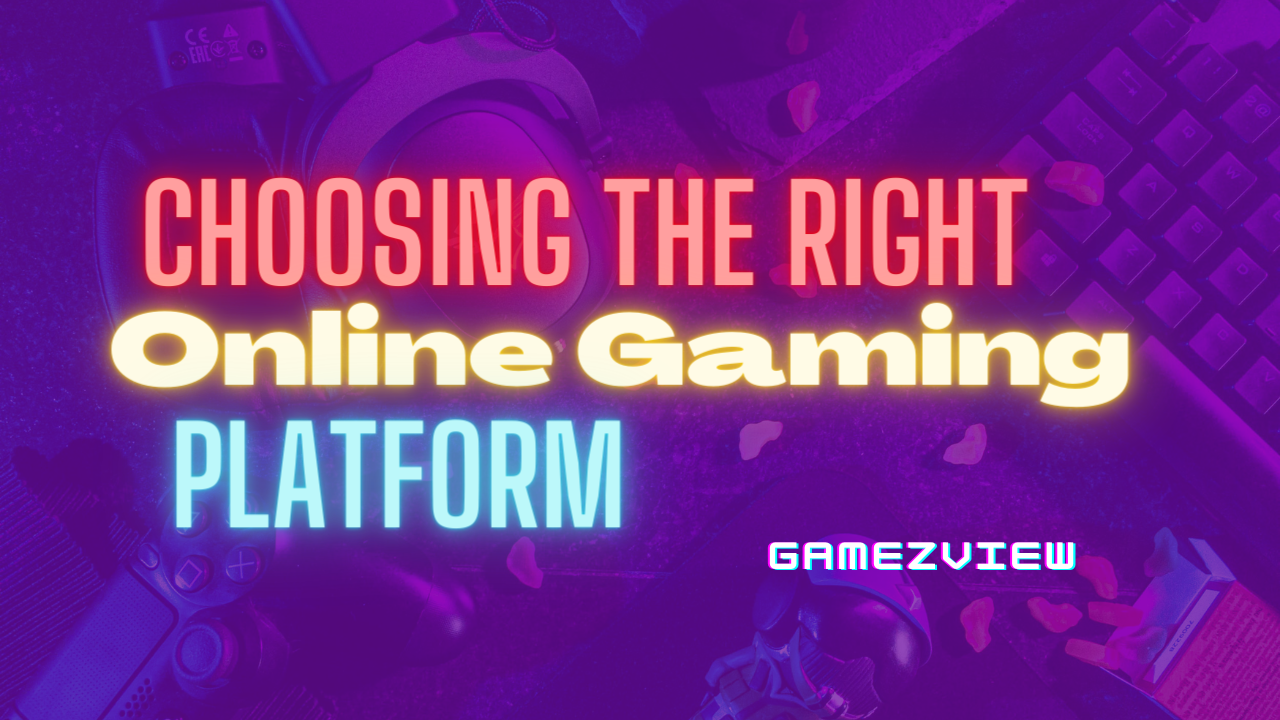In the realm of mobile gaming and app development, in-app purchases (IAPs) and microtransactions have become prevalent monetization strategies. While these mechanisms offer revenue opportunities for developers, they also raise concerns among users regarding fairness, transparency, and potential exploitation. Understanding the pros and cons of in-app purchases and microtransactions is crucial for both developers and consumers alike.
Types and Categories
In-App Purchases (IAPs)
- Consumable: Items or resources that can be used or consumed within the app, such as virtual currency or power-ups.
- Non-Consumable: Permanent items or features that enhance the user experience, such as ad removal or additional levels.
- Subscription: Recurring payments for access to premium features or content over a specified period.
Microtransactions
- Cosmetic: Optional purchases for aesthetic enhancements, such as character skins or customizations, without affecting gameplay.
- Pay-to-Win: Transactions that provide significant gameplay advantages, such as powerful weapons or abilities, in exchange for real money.
- Progression Boosts: Purchases that accelerate in-game progression, such as experience point boosts or resource multipliers.
Symptoms and Signs
In-App Purchases (IAPs)
- Convenience: IAPs offer convenient ways for users to enhance their gaming experience or access premium content without leaving the app.
- Revenue Generation: Developers rely on IAPs as a primary source of revenue, especially for free-to-play games or apps.
Microtransactions
- Game Imbalance: Microtransactions can create imbalance and unfair advantages between paying and non-paying players, affecting gameplay dynamics.
- Monetization Pressure: Developers may prioritize monetization over game design integrity, leading to manipulative or exploitative practices.
Causes and Risk Factors
In-App Purchases (IAPs)
- Monetization Strategies: Developers implement IAPs to generate revenue and sustain ongoing development and maintenance costs.
- Player Engagement: IAPs incentivize player engagement by offering rewards, bonuses, or exclusive content.
Microtransactions
- Profit Maximization: Companies leverage microtransactions to maximize profits by encouraging recurring spending and impulse purchases.
- Competitive Market: In a saturated market, developers may resort to aggressive monetization tactics to stand out and remain profitable.
Diagnosis and Tests
In-App Purchases (IAPs)
- Purchase Metrics: Developers analyze IAP metrics to understand user spending behavior, preferences, and trends.
- A/B Testing: Experimentation with pricing, promotions, or bundle offers to optimize IAP performance and revenue.
Microtransactions
- Player Feedback: Monitoring player feedback and sentiment regarding microtransaction systems to gauge user satisfaction and identify areas for improvement.
- Economic Modeling: Analyzing the economic impact of microtransactions on player progression, retention, and overall game balance.
Treatment Options
In-App Purchases (IAPs)
- Transparency: Provide clear and upfront information about IAPs, including pricing, content, and terms of purchase.
- Value Proposition: Ensure that IAPs offer tangible value and benefits to users, enhancing their overall experience.
Microtransactions
- Fairness: Implement fair and balanced microtransaction systems that do not compromise gameplay integrity or create pay-to-win scenarios.
- Alternative Revenue Models: Explore alternative revenue models, such as advertisements, sponsorships, or premium pricing, to reduce reliance on microtransactions.
Preventive Measures
In-App Purchases (IAPs)
- Parental Controls: Enable parental controls and restrictions to prevent unauthorized or excessive spending by minors.
- Budget Management: Encourage users to set spending limits or use prepaid cards to control their IAP expenditures.
Microtransactions
- Opt-In Systems: Implement opt-in mechanisms for microtransactions, allowing users to consciously choose whether to participate in additional spending.
- Clear Communication: Communicate the impact and implications of microtransactions upfront to users, promoting transparency and informed decision-making.
Personal Stories or Case Studies
In-App Purchases (IAPs)
- Case Study: Lily, a casual gamer, inadvertently spent hundreds of dollars on consumable IAPs within a popular mobile game, leading to frustration and regret.
- Personal Experience: Max, a dedicated player, appreciated the transparency of non-consumable IAPs that offered permanent enhancements without recurring expenses.
Microtransactions
- Case Study: Alex encountered a pay-to-win microtransaction system in a competitive multiplayer game, resulting in frustration and abandonment of the game due to unfair advantages.
- Personal Experience: Emma enjoyed the cosmetic microtransaction options in her favorite mobile game, as they allowed her to personalize her gaming experience without affecting gameplay balance.
Expert Insights
In-App Purchases (IAPs)
- Game developer Ryan Smith emphasizes, “In-app purchases can be a valuable monetization strategy when implemented ethically and transparently, offering players meaningful content and experiences.”
- Psychologist Dr. Sarah Johnson suggests, “Parents should educate their children about responsible spending habits and the potential risks associated with in-app purchases to promote healthy gaming behavior.”
Microtransactions
- Game designer Michael Adams states, “Microtransactions should enhance, not detract from, the core gameplay experience, ensuring fairness and enjoyment for all players.”
- Professor David Miller advises, “Regulatory oversight and industry standards are essential to prevent predatory or exploitative microtransaction practices, safeguarding consumer rights and welfare.”
In-app purchases and microtransactions represent two sides of the same coin in the mobile gaming ecosystem. While they offer revenue opportunities for developers and convenience for users, they also pose risks such as unfair gameplay advantages, manipulation, and overspending. Balancing monetization with user experience and ethical considerations is paramount to fostering a healthy and sustainable gaming environment.



